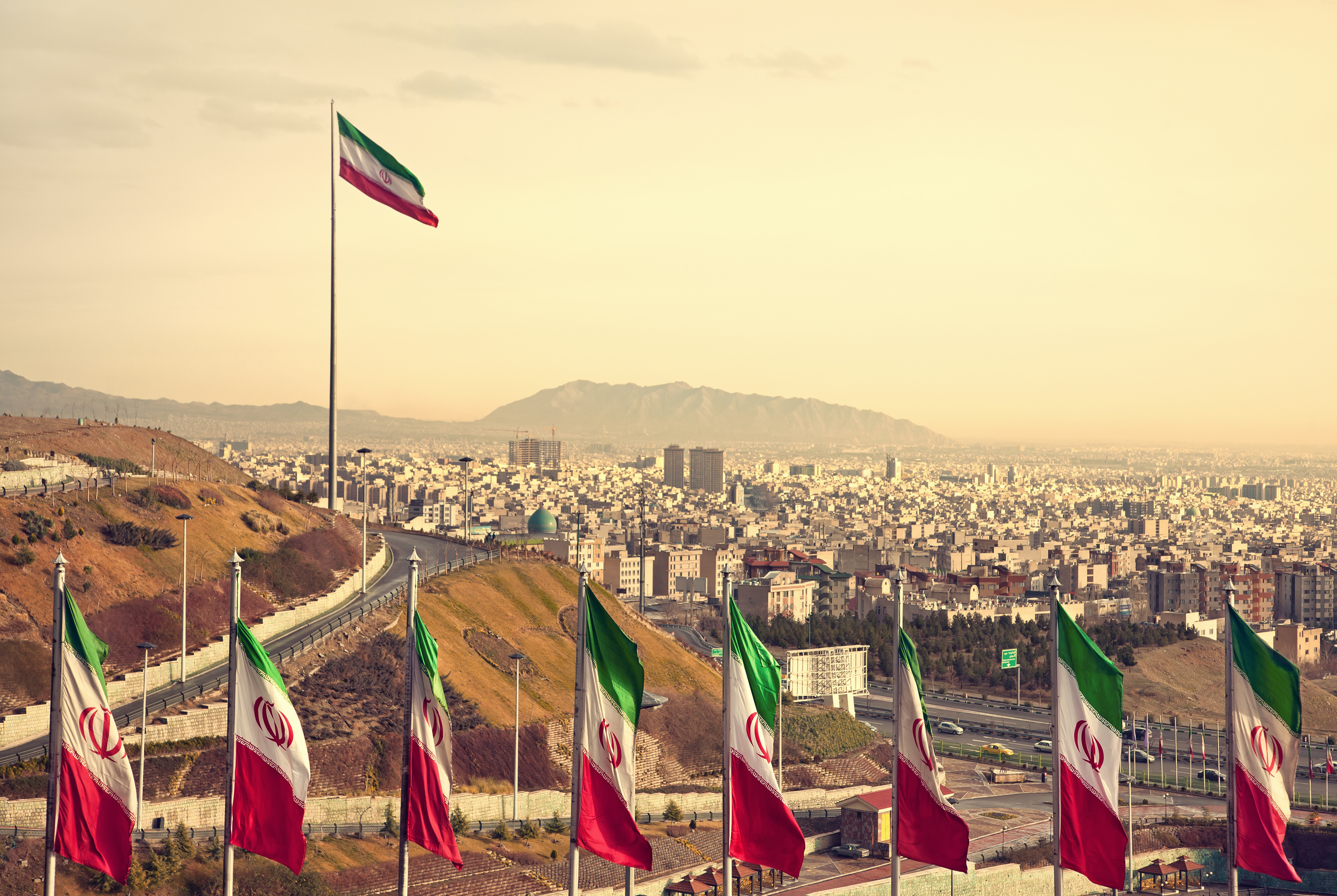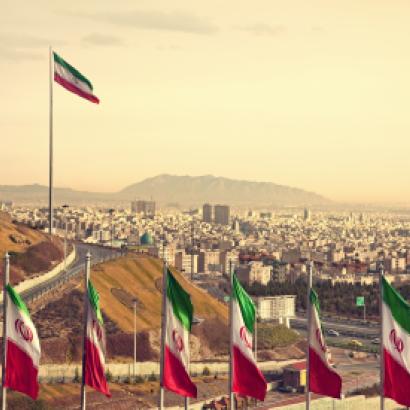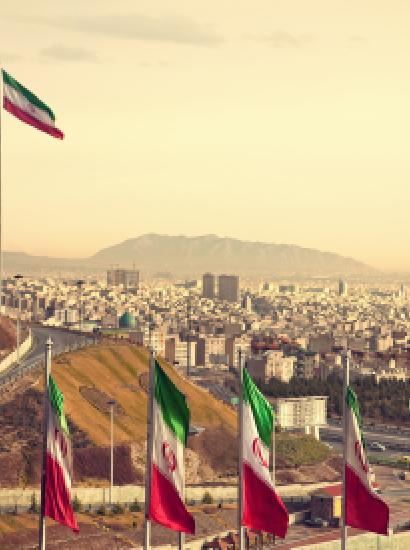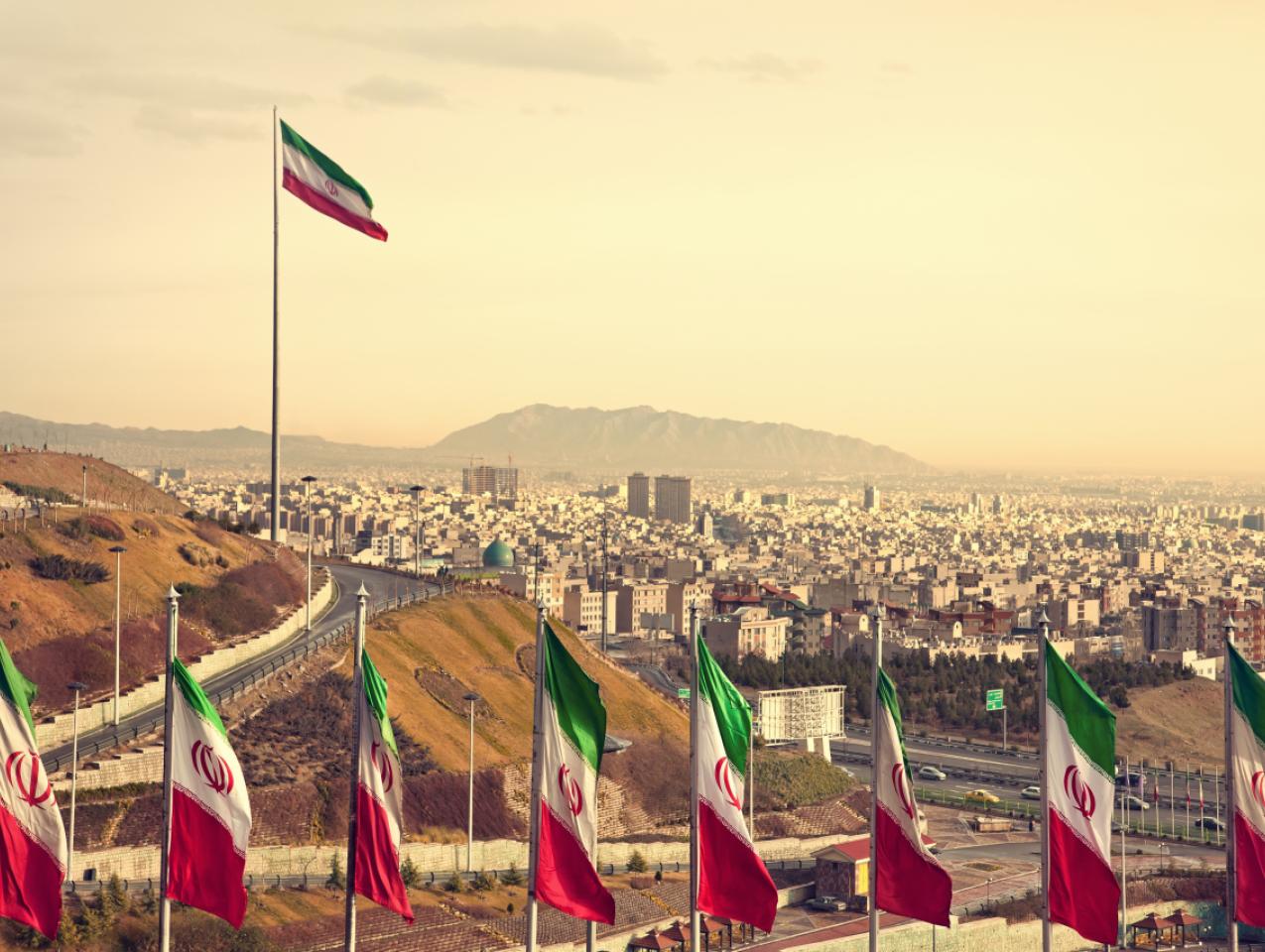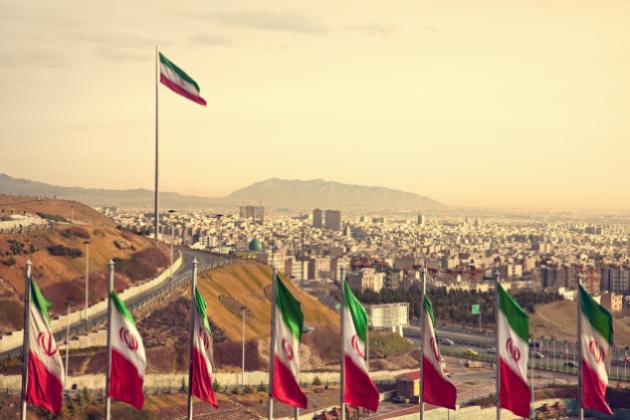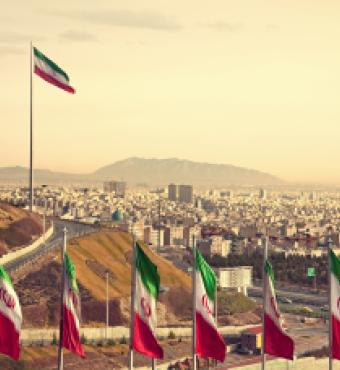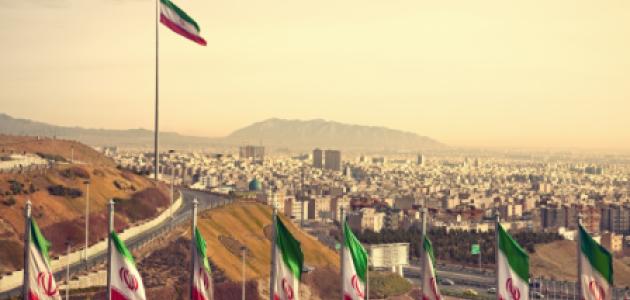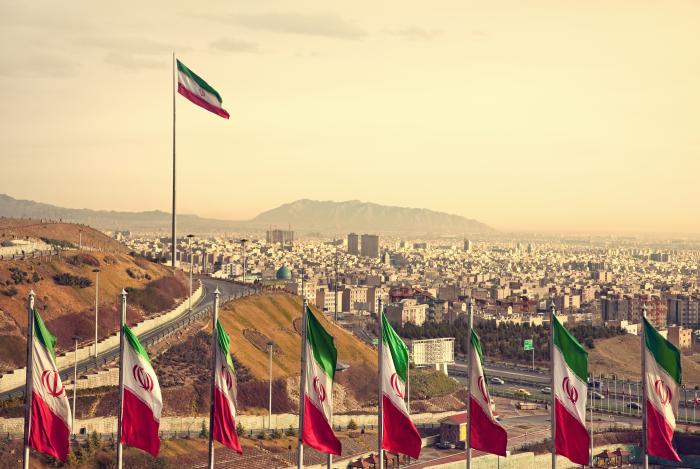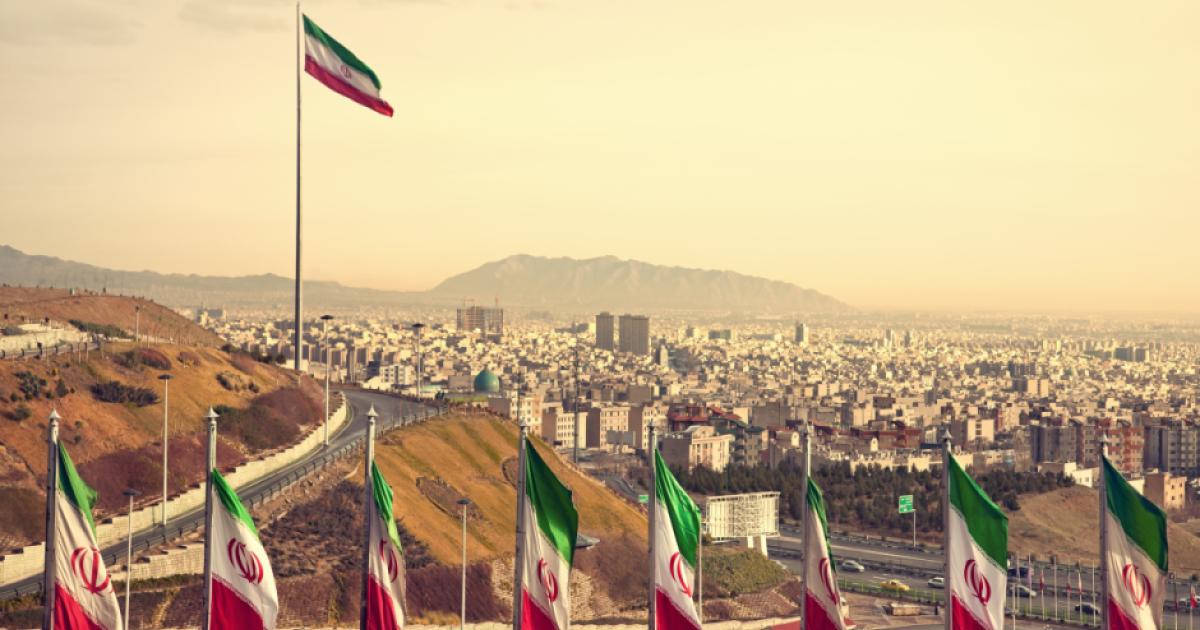A look back at the past few months of tumultuous domestic events in Iran and around the Middle East might lend favour to the view that Donald Trump’s maximum pressure campaign against the Islamic Republic is destabilising and weakening Iran alongside its grip on its regional networks. There is no doubt that the numerous, interconnected domestic and regional challenges ranging from the impact of economic sanctions, the November 2019 protests, the January downing of the Ukrainian airliner, low popular turnout in the February parliamentary elections, the killing of Qods force Commander Qassem Soleimani and Iraqi Popular Mobilization Unit (PMU) Commander Abu Mahdi al Muhandis together with the anti-Iranian protests in Iraq and Lebanon have placed significant pressure on Tehran. This pressure has most definitely weakened the Islamic Republic’s domestic legitimacy above all. At the same time though, this pressure has neither altered Tehran’s regional calculus and commitments nor has it returned Iran to the negotiating table. Most consequentially, these events are facilitating the empowerment of Iran’s hardliners who strongly support its regional resistance strategy. With their grip on power fortified, Iran’s well-honed regional playbook will continue to be put to use as both maximum pressure is maintained and the Islamic Republic soldiers on.
XXX
The impact of Washington’s maximum pressure campaign has clearly affected Iran’s economy. The statistics indicate that the re-imposition of US sanctions in November 2018 has plunged Iran’s economy further into recession. The IMF’s Regional Economic Outlook forecast that the economy would see a 9.5 per cent contraction in 2019 and would remain flat in 2020. Since sanctions were restored, Iran’s currency has lost 60 per cent of its value against the US dollar, and its oil exports have plummeted from 2.5 million barrels a day to a few hundred. According to Iran’s Statistical Center, year-on-year inflation was close to 40 per cent in January 2020, with higher rates being reported on basic foods. The IMF has also forecast that unemployment would rise from its official rate of 12 per cent in 2018.
These dynamics have been further displayed in the November 2019 protests over a government plan to increase gas prices. In reaction, protesters took to the streets to demonstrate against the state of Iran’s economy as well as against widespread corruption and flagrant mismanagement. The demonstrations reflected a growing public displeasure with the government’s inability to meet the population’s economic needs and were met by an equally striking government crackdown. Government mismanagement was on full display yet again in the tragic downing of the Ukrainian airliner and its attempt at covering up its own complicity and incompetence.
Protests in the fall of last year in Iraq and Lebanon that directly attacked the Iranian government and its support for non-state actors across the region also raised questions about Iran’s ability to manage its regional relations. Specifically, in Iraq, protesters have been critical of Iranian influence, support for PMUs and interference in the political process. Public anger even saw the burning of Iran’s consulate in the holy city of Najaf. At the same time though, protests in both countries do extend beyond the issue of Iran and point to a common theme of lack of governance, staid elite politics and corruption. Regional stability and governance challenges will not be resolved unless a multilateral effort to redress regional tensions is resurrected.
XXX
The killing of Qods force commander Qassem Soleimani has also impacted Iran’s regional relationships. Soleimani was deeply popular inside Iran and seen as a nationalist who protected the country from regional threats such as ISIS alongside executing Iran’s asymmetrical strategic depth strategy. His four-day cross country funeral drew extraordinary crowds at a time of crisis and international isolation providing the government with a groundswell of popular support.
Soleimani had a deeply personal relationship with the leaders of Lebanon’s Hezbollah and the many PMU’s in Iraq. Indeed, Iraq’s parliament, in the aftermath of his killing, voted to see the withdrawal of American troops from the country—a move that should it come to fruition would be seen as an Iranian victory. His death and that of Iraqi PMU leader Abu Mahdi al Muhandis has left a vacuum power—one that Soleimani’s successor Esmail Qaani will be working to refortify over time.
At the same time though, one should not assume that Iran’s regional ties are solely reliant on the Soleimani conduit. Iran’s regional standing and the power balance that has taken shape between itself and the range of regional groups its supports has come about through decades of collusion, negotiation, mutual benefit, and strategic intervention. This has come to constitute a ‘parallel state building’ process tailored to different countries, rather than mere influence through proxies. Formed by its post-revolutionary worldview and defensive position in the region, Iran has opportunistically capitalised on power vacuums around the Middle East to infiltrate weak states such as Lebanon, Syria, Palestine, Yemen, Iraq and Afghanistan.
This process of ‘parallel state building’ emulates Iran’s own hybrid political system that is divided between formal, elected institutions and the informal security, deep state actors. Through this strategy, Tehran has been able to burrow its influence in formal state institutions and in the informal layers of civil society, the economy and non-state military groups. Unlike Western regional engagement, this rounded approach displays the wide range of direct and soft power influence that extends into the diplomatic realm, through channels of economic investment and trade, socio-cultural and religious ties and military and intelligence training. Rolling such endemic influence back cannot be expected to be achieved so quickly.
Under this guise, Iranian conservatives unsurprisingly took a majority of seats in the country’s February 21st parliamentary elections. As a marker of public apathy over the economic recession and heightened tensions with the US, voter turnout was the lowest in the Islamic Republic’s forty-year electoral history. While Iran’s parliament primarily focuses on bread and butter issues, a predominately conservative parliament will change the tenor of political debate and empower hardliners to support economic and political resistance strategies against the US.
After having failed to win the 2016 parliament or the presidency in 2013 and 2017, this conservative victory is especially strategic for the bloc. The impact of a conservative parliament will most visibly be felt in the change of tone towards President Rouhani. In order to pave the ground for the 2021 presidential elections, conservatives will waste no time attacking Rouhani for the state of the JCPOA, sanctions, and the country’s economic ills.
This parliament could become instrumental should the Supreme Leader seek to encourage constitutional reform, which would require parliamentary approval, in advance of his succession. Quiet discussions over the past years over managing the succession process are likely to gain momentum with greater conservative control of both the elected and unelected institutions.
With its hardline orientation, the parliament will also increase support for the resistance economy and look to promote local industry and small businesses to offset the impact of sanctions. While parliament does not determine foreign policy, it will remain supportive of Iran’s regional and US resistance strategy and support for non-state actors around the Middle East and look to nurture the “looking East” strategy that would continue to strengthen ties with Russia and China.
Compared to the Iran nuclear agreement or Joint Comprehensive Plan of Action (JCPOA) that was shepherded by Iran’s moderate factions with the blessing of Iran’s Supreme Leader Ali Khamenei, Iran’s regional strategy has been supported by conservative groups inside the country. The JCPOA is seen as having furthered Iran’s economic isolation and renewed sanctions. Conversely, Tehran’s regional strategy, through its support of non-state actors and its asymmetrical ability to pressure the Arab Gulf, is seen internally to have been successful in staving off threats to the country and gaining intermittent leverage in its stalemate with Washington.
In this winding tale of wins and losses, Washington has interpreted that it is, for now, ahead in its campaign to change Iran’s regional behaviour. Iran’s objective, however, will be to continue to find opportunities to outmanoeuvre the Trump administration. This strategy will rear its head regionally in the coming months and grow in intensity as Tehran assesses and games the outcomes of the U.S. election. With these ebbs and flows ahead, one should avoid interpreting these events through a zero sum lens.







